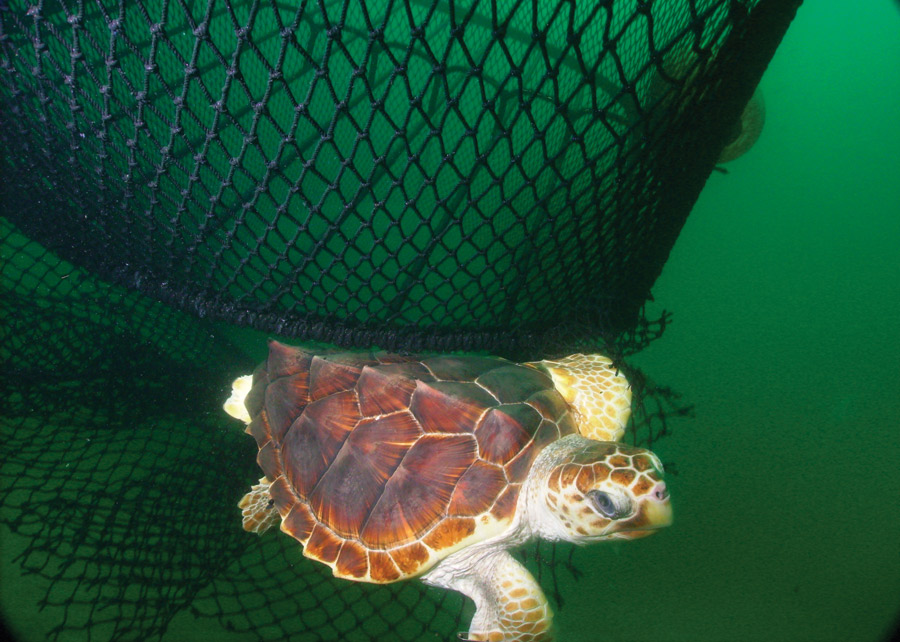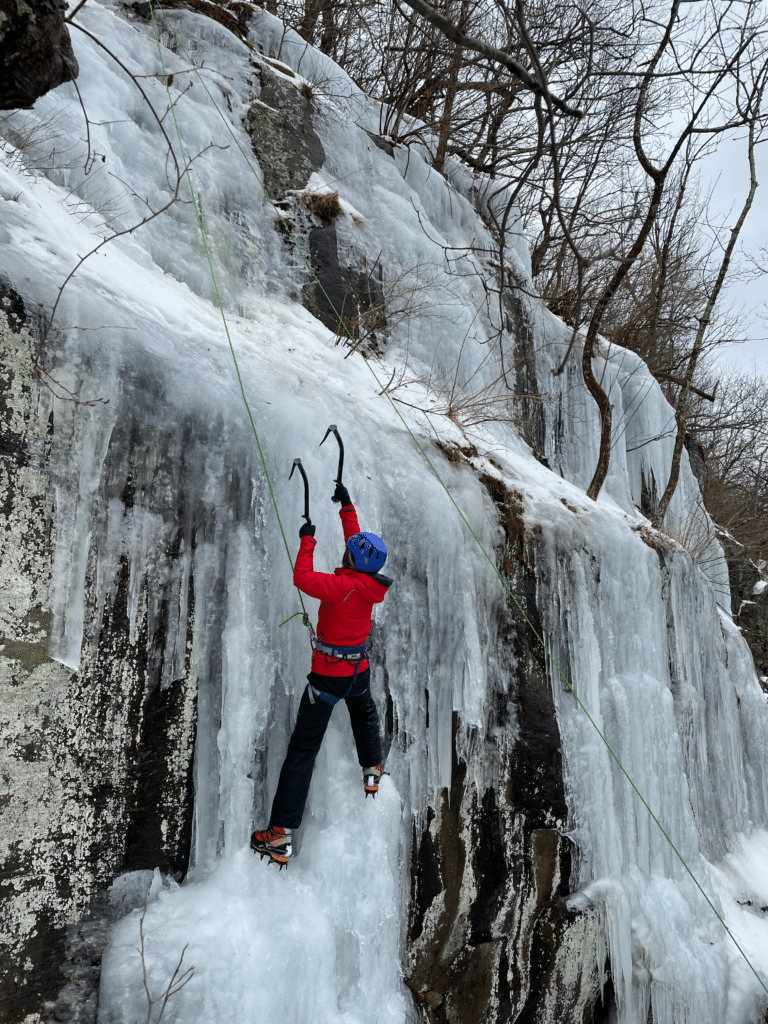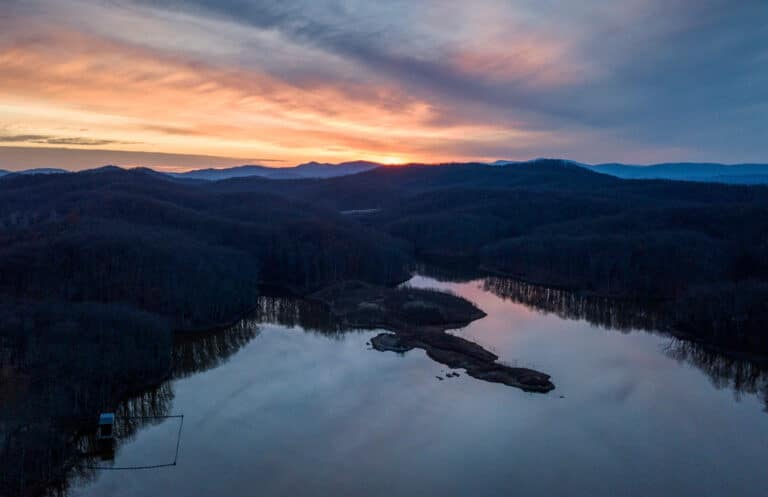Forty years ago, a naturalist named Carol Ruckdeschel watched her first sea turtle nest hatch. Dozens of gooey hatchlings scrambled down the dunes and dashed for the ocean. on that sticky midsummer night, Carol vowed to protect the turtles’ nesting beach. She spearheaded the movement to designate half of Georgia’s Cumberland Island as wilderness.
But recently, the island’s wilderness was fractured to accommodate vehicle tours.Turtle hatchlings scampering to the sea now share the beach with SuVs and crowded vans.
This year marks the 50th anniversary of the Wilderness Act, the first law ever to prioritize nature over people. It has protected over 109 million acres of “undeveloped land retaining its primeval character…where the earth and its community of life are untrammeled by man.” Wilderness is our strongest land designation, with more restrictions than a national park, forest, or wildlife refuge. People can visit but not live in wilderness. No roads, vehicles, machines, or structures are allowed. Simply put, wilderness is pure nature, where ecosystems sustain themselves and the human imprint is minimized.
Half a century since the Wilderness Act, the W-word remains one of our most fiercely contested ideas. Nowhere is the human relationship to nature more schizophrenic than in Homo americanus, which has created the world’s most technologically advanced civilization alongside its most raw, untamed wildness.
In our early history, the wild American frontier forged our rugged, pioneering spirit. The vigor and vitality of wilderness life distinguished us from our stodgy, effete European parents and tested the mettle of our young nation.
Today, however, the united States has more theme parks than wilderness areas. East of the Mississippi, there are more acres of pavement than wilderness. With so little wilderness left, we’re in danger of loving it to death—with helicopter flights over the Grand Canyon, dumpsters and guardrails on our highest peaks, and snowmobiles rumbling through the last wild places. our desire for comfort, convenience, and easy access is killing the wildness we seek. Wilderness is an endangered geographical species.
As our population swells and resources dwindle, wilderness critics argue louder than ever that our landscape belongs to hard- working, tax-paying people, not animals. Wilderness locks up valuable resources that could otherwise fuel our nation’s economy, create jobs, and provide affordable energy. Sure, we’re hogging the planet, reducing life’s diversity to a single species and the handful of crops and livestock we’ve domesticated. Half of all species alive today will be gone by the end of the century. But aside from bird watchers and tree huggers, who really cares?
Critics also claim that wilderness creates an artificial separation between us and nature. There’s nothing unnatural about humans, so why set aside vast uninhabited tracts for wolves or wild beaches for turtles?
One reason is that they were here first. We may be on top for now, but humans are a punctuation mark in the 4.5-billion-year- old story of life. Sea turtles, like those Carol watched on Cumberland, have survived for at least 220 million years longer than we have, so maybe they’re worth keeping around. The planet’s history, ecology, and diversity are embedded in wilderness, and in the past century, it has been vanishing faster than ever.
The Wilderness Act aspires not to sever our connection to nature but to restore it. “If future generations are to remember us with gratitude rather than contempt, we must leave them…a glimpse of the world as it was in the beginning, not just after we got through with it,” President lyndon B. Johnson said when he signed the Wilderness Act into law.
Despite our best innovations, we have failed miserably at controlling nature. Insects grow resistant to pesticides. Rivers flood our tallest levees and break through our mightiest dams. Beaches keep moving, despite sea walls and truckloads of imported sand. Dandelions spring through the cracks in the sidewalk.
Wilderness is still alive, but it desperately needs a public relations makeover. It’s not frivolous recreation land wasted on solitude- seeking backpackers and endangered critters. Wilderness sustains us all, from the food we eat to the oxygen we breathe. It pollinates crops, recycles nutrients, and filters our air and water. Wilderness is our best medicine: half of all pharmaceuticals come from wild plants, animals, and fungi. It’s also our best investment. The total value of wilderness services—from clean drinking water to soil nourishment—is twice as large as the entire global economy. Wilderness does it all free of charge.
Even in the twenty-first century, our health and survival depend on wilderness, our planetary life support system. History is littered with the ruins of civilizations that obliterated the wilderness sustaining them. Can we cherish the few remaining scraps of wildness enough to leave them alone?
There is hope. A new American frontier is reopening as Americans migrate to cities and leave behind farms and forests. We have a rare opportunity to rewild the American landscape by designating new wilderness and connecting wild corridors. Twenty-two wilderness bills have been proposed in 2014.
We can expand wilderness into the water, too. offshore, there is another united States larger than the one above sea level, extending two hundred miles from the coast. This continental shelf is a mostly unprotected and undiscovered treasure of coral reefs, kelp forests, and sea grass meadows where turtles and other marine life breed and feed.
Last year, one of the turtle hatchlings born on Carol’s beach forty years ago came home to nest. The turtle journeyed thousands of miles across the Atlantic, through oil slicks and dead zones, to return to the wild beach where she was born.
“I don’t know if sea turtles will be here a century from now,” Carol said, “but one thing is for sure: wiping out the wild is suicide.”
–Will Harlan is Blue Ridge Outdoors Editor-in-Chief and the award-winning author of Untamed: The Wildest Woman in America and the Fight for Cumberland Island.








